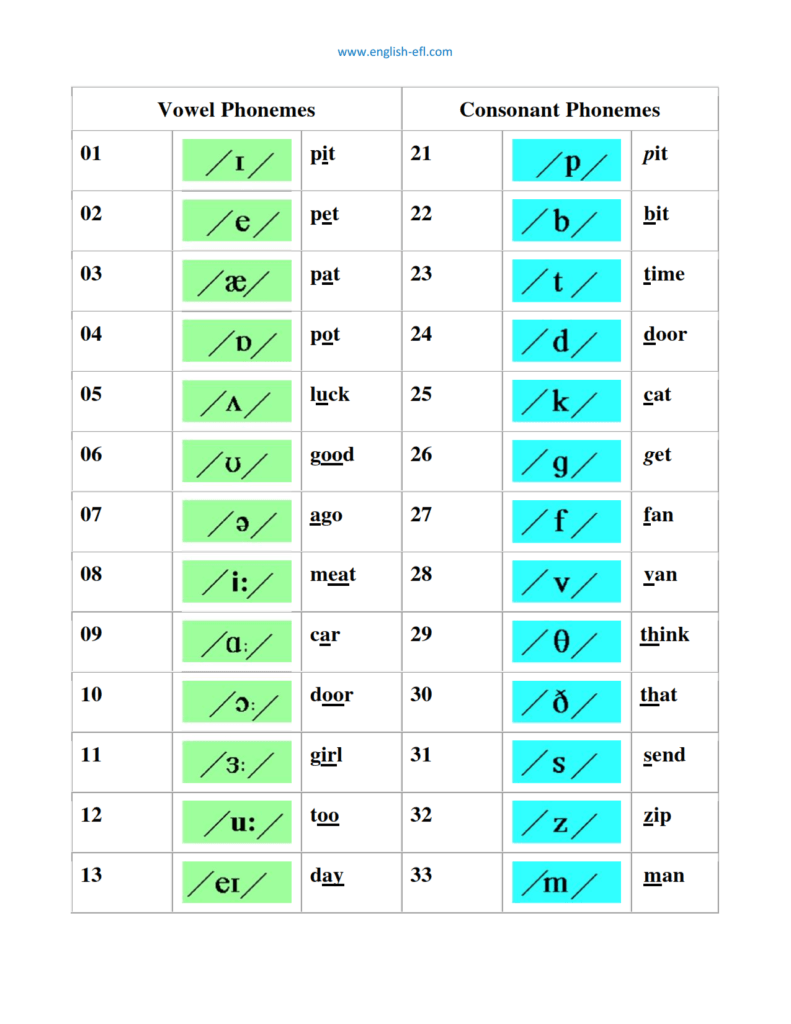How are speech sounds produced?
Physically, the production of speech sounds starts from the lungs. Why I say ‘physically’? It is because as a matter of fact, speech production starts in the brain. The brain creates the message and the lexico-grammatical structures which then are executed by speech organs.
First, lungs produce an air stream and expel it through the trachea. In English, speech sounds are the result of “a pulmonic egressive air stream” (Giegerich, 1992).
Second, this air steam goes through larynx. The larynx has two horizontal folds of tissue; they are the vocal folds or vocal cords. The gap between these folds is called the glottis. Glottis can be closed, have a narrow opening, or be wide open. When it is closed, no air can pass, when it has a narrow opening, the vocal folds vibrate to make a ‘voiced sounds’. When it is wide open as when we have a normal breathing, the vibration of vocal folds is reduced and ‘voiceless sounds’ are produced.
Third, the air can go into the nasal or oral cavity. The velum is the part responsible for that selection. If the oral cavity is closed and the air goes into the nose, nasal consonants ([m, n, ŋ] are produced.
Finally, it is the articulation process. It takes place in the mouth and it is the process through which we can differentiate most speech sounds. In the mouth we can distinguish between the oral cavity, which acts as a resonator, and the articulators, which can be active or passive: upper and lower lips, upper and lower teeth, tongue (tip, blade, front, back) and roof of the mouth (alveolar ridge, palate and velum). So, speech sounds are distinguished from one another in terms of the place where and the manner how they are articulated.



